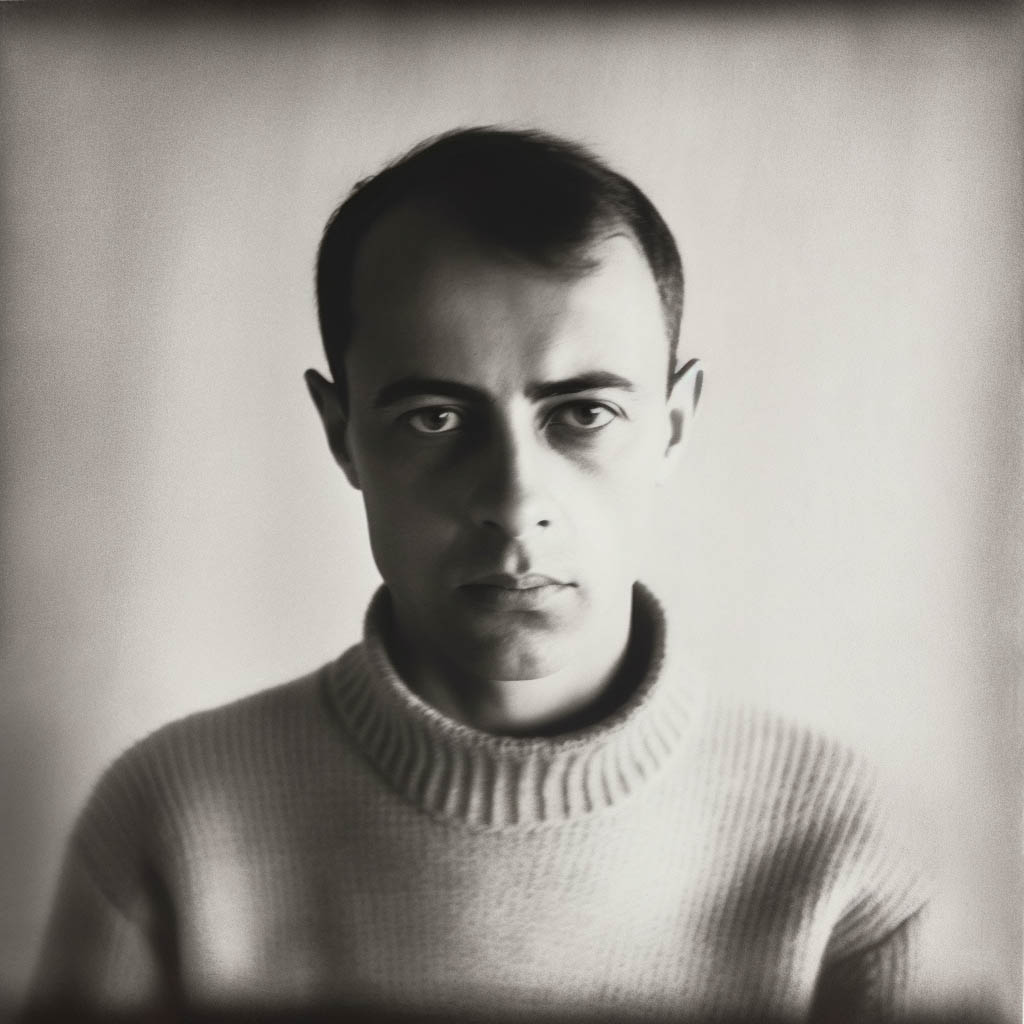
El Lissitzky
/1890-1941/
El Lissitzky (Lazar Lissitzky) was a versatile artist and influential figure in the Russian avant-garde movement. He contributed to the development of suprematism alongside Kazimir Malevich and made significant contributions to exhibition design and propaganda art in the Soviet Union. Lissitzky's work had a profound impact on the Bauhaus and constructivist movements, shaping the trajectory of 20th-century graphic design.
Lissitzky grew up in Vitebsk, where he received art lessons from painter Yehuda Pen. Lissitzky studied architectural engineering in Germany and embarked on a journey that took him to France and Italy. He returned to Russia due to the outbreak of World War I and continued his studies in engineering and architecture. Lissitzky actively participated in the revival of Yiddish culture and worked on illustrating Yiddish books in Kyiv. He joined the Vitebsk Popular Art Institute as a teacher, where he became inspired by suprematism and developed his abstract art form called Proun.
Lissitzky played a significant role in the cultural exchange between Soviet and German artists, collaborating with influential figures such as Jan Tschichold and Kurt Schwitters. He delivered lectures on Soviet art and made substantial contributions to architectural design and exhibition work in Germany and Russia. Unfortunately, Lissitzky's life was cut short by his death in Moscow in 1941, leaving behind a rich artistic legacy that continues to inspire and influence the field of art and design.